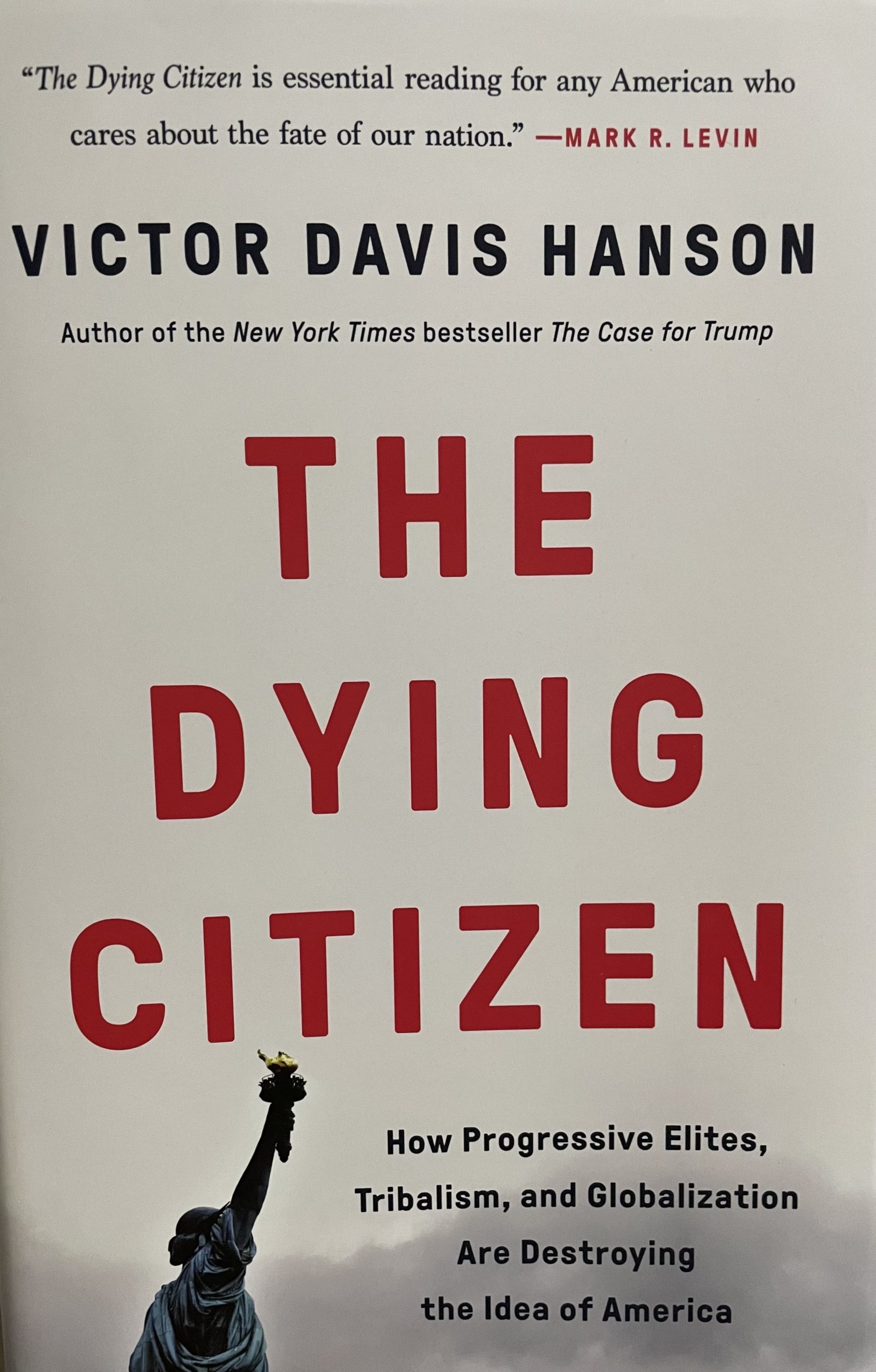Any sanguine prognosticators who may have predicted a decline in the average cost of attending college may need to rethink how they arrived at such an off-the mark conclusion.

At least 50 American colleges and universities are now charging students more than $60,000 per year. This marks a significant increase from last year when only nine schools exceeded the 60K mark.
What’s shocking about this year’s figures is that the data presented in the story from Business Insider does “not reveal the true financial burden of higher education.” Other fees not included in the story include costs for textbooks, travel fees, and social expenses.
Increases in total college expenses are nothing new to those who have remained vigilant about rising collegiate costs. Yet, the seemingly inexorable spike in the cost of a college education has assumed a distinct personality of its own. To many, university rates have gone up in a fashion unmatched by most other industries.
What began originally as a modest effort to help ease the financial burden of war veterans with the GI Bill of Rights (1944) has evolved into a modern, nationwide effort that includes massive lending programs conducted at the national and state levels to help Americans foot rising tuition bills.
The unexpected success of the GI Bill spurred the thinking that perhaps the federal government could subsidize college expenses for civilians. It did so with the national Defense Student Loan Program, later renamed the Federal Perkins Loan Program.
Despite the good intentions of these lending policies which may have succeeded initially, they have come to actually accelerate the rise in tuition and the student debt load as well as the overall financial instability of the nation as a whole.
And yet, convention still mandates that those who want to maximize their earning potential and job prospects (particularly in a sluggish economy) should graduate from a four-year college.
Ostensibly, the increase in college applicants might indicate more of a desire to learn and participate in a robust intellectual community. However, such an idealized view of motives might be optimistic when one takes into account that what is probably fueling the surge of students is that higher education may be their only option to help ensure a secure financial future.
The natural response to more demand for college education is a rise in tuition rates. Schools could theoretically increase the supply of educational options by accepting more students in lieu of higher costs, but this would likely yield insufficient returns and could be damaging to a school’s bottom line. One must take into account as well that colleges are physically limited as to how many students they can reasonably accommodate.
This demand for a college education may be consistent with more natural, uncontrollable processes, but what is most definitely within the powers of the Congress and the statehouses is lending practices.
Taxpayer-backed subsidies only exacerbate the situation. Loans may make college more affordable for some, thus increasing overall consumption of higher education. However, this leads to a higher demand, which in turn causes costs to climb. In actuality, loans do not lower costs, but end up making them higher.
And since colleges have no trouble filling their freshmen classes, they feel no pressure to cut costs. Notice that new academic building with fancy plasma screen televisions, that new student center, or new dorm?










